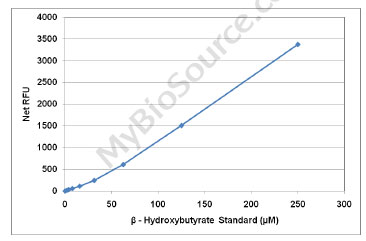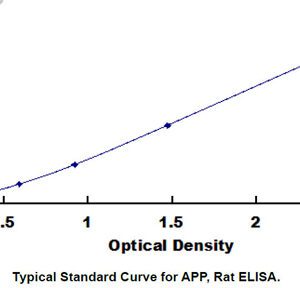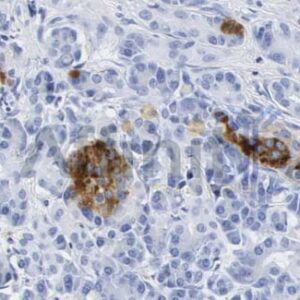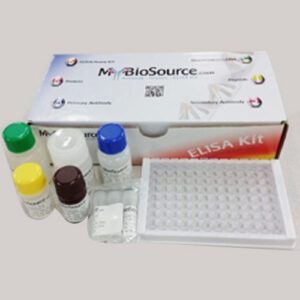Description
Principle of the Assay: beta-Hydroxybutyrate Assay Kit is a convenient quantitative tool that measures beta-Hydroxybutyrate within biological samples. The assay is based on an enzymatic cycling reaction in which the cofactor NAD+ is reduced to NADH. NADH reacts with a fluorometric probe that produces a product which can be measured with a standard 96-well fluorometric plate reader. The intensity of the product fluorescence is proportional to the beta-Hydroxybutyrate within a sample. Samples and standards are incubated for 30 minutes and then read at lambdaex = 530-570 nm/ lambdaem = 590-600 nm (Figure 1). Samples are compared to a known concentration of beta-Hydroxybutyrate standards within the 96-well microtiter plate format.
Product Name
100 Assays
Beta-Hydroxybutyrate, Assay Kit
Popular Item
Full Product Name
Beta-Hydroxybutyrate (Ketone Body) Assay Kit (Fluorometric)
Research Use Only
For Research Use Only. Not for use in diagnostic procedures.
Background: Ketone bodies are water-soluble molecules produced from fatty acid oxidation in the liver and kidney. Acetoacetate, beta-hydroxybutyrate (beta-HB), and their decarboxylated degradation product, acetone, are the three primary ketone bodies. beta-HB is the reduced form of acetoacetate in which a ketone group is converted to an alcohol. beta-HB and acetoacetate can be used as an energy source when glucose stores are depleted. Ketone bodies are produced under physiological conditions as fasting, starvation, prolonged and intense exercise, low carbohydrate diets, or untreated type 1 diabetes mellitus. During these instances, gluconeogenesis in the liver produces acetoacetate via two acetyl CoA molecules. beta-HB and acetoacetate are transported to peripheral tissues and reconverted into acetyl-CoA for energy via their cells’ citric acid cycles. Acetone must be converted in the liver to lactic acid and then pyruvic acid before being converted to acetyl-CoA. It is usually excreted in the urine or exhaled. High levels of ketone bodies can lead to ketosis, or as in extreme type 1 diabetes, ketoacidosis. Prolonged ketosis may lead to a life threatening metabolic acidosis. Pathological ketosis may indicate organ failure, hypoglycemia in children, diabetes, alcohol intoxication, corticosteroid or growth hormone insufficiency. The degree of ketosis can be determined by monitoring the blood levels of beta-HB. Ketone bodies are noted for their sweet smell and can be detected in the breath and urine of people with ketosis or ketoacidosis. beta-Hydroxybutyrate is the ketoacid most prevalent in serum and accounts for ~75% of all ketone bodies measured. During ketosis, beta-HB increases even more than the other ketone bodies and is a more accurate index of ketoacidosis. beta-Hydroxybutyrate Assay Kit is a simple fluorometric assay that measures beta-Hydroxybutyrate present in biological samples such as plasma, serum, urine, cell lysates or tissue extracts in a 96-well microtiter plate format. Each kit provides sufficient reagents to perform up to 100 assays, including blanks, beta-Hydroxybutyrate standards and unknown samples. The total beta-Hydroxybutyrate concentrations of unknown samples are determined by comparison with a known beta-Hydroxybutyrate standard. The kit has a detection sensitivity limit of approximately ~2 uM beta-Hydroxybutyrate.











Rating & Review
There are no reviews yet.